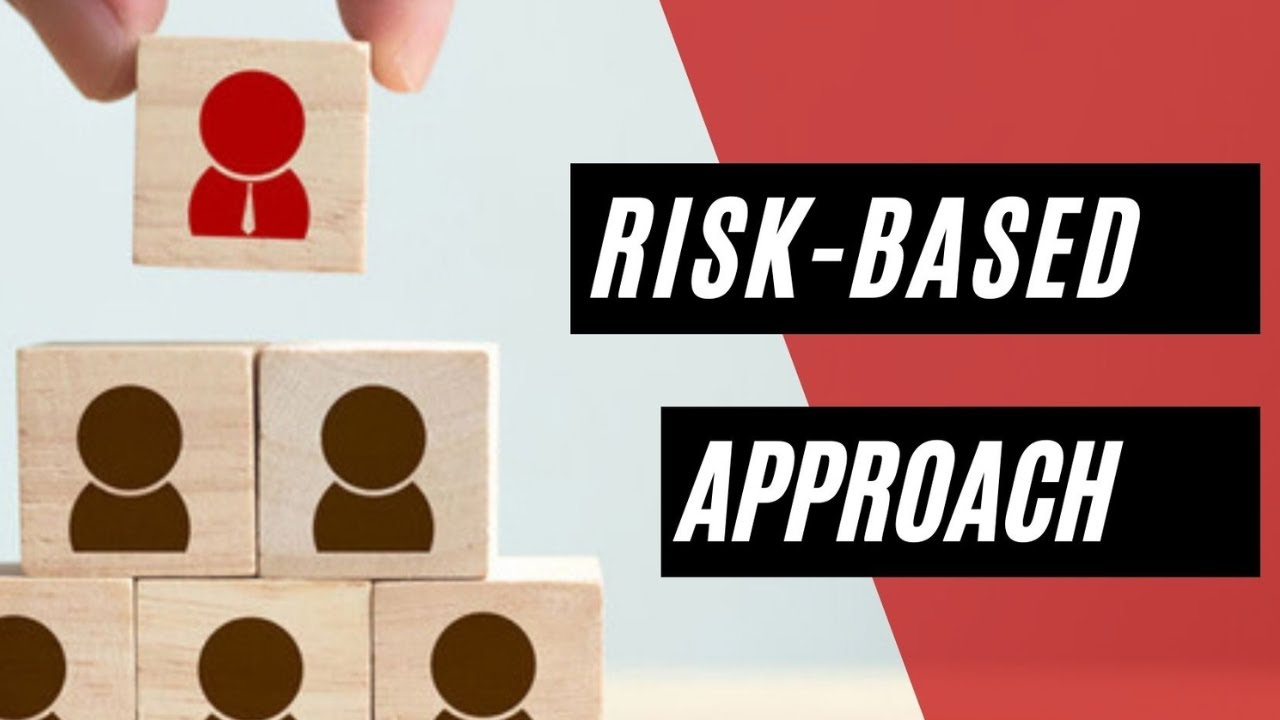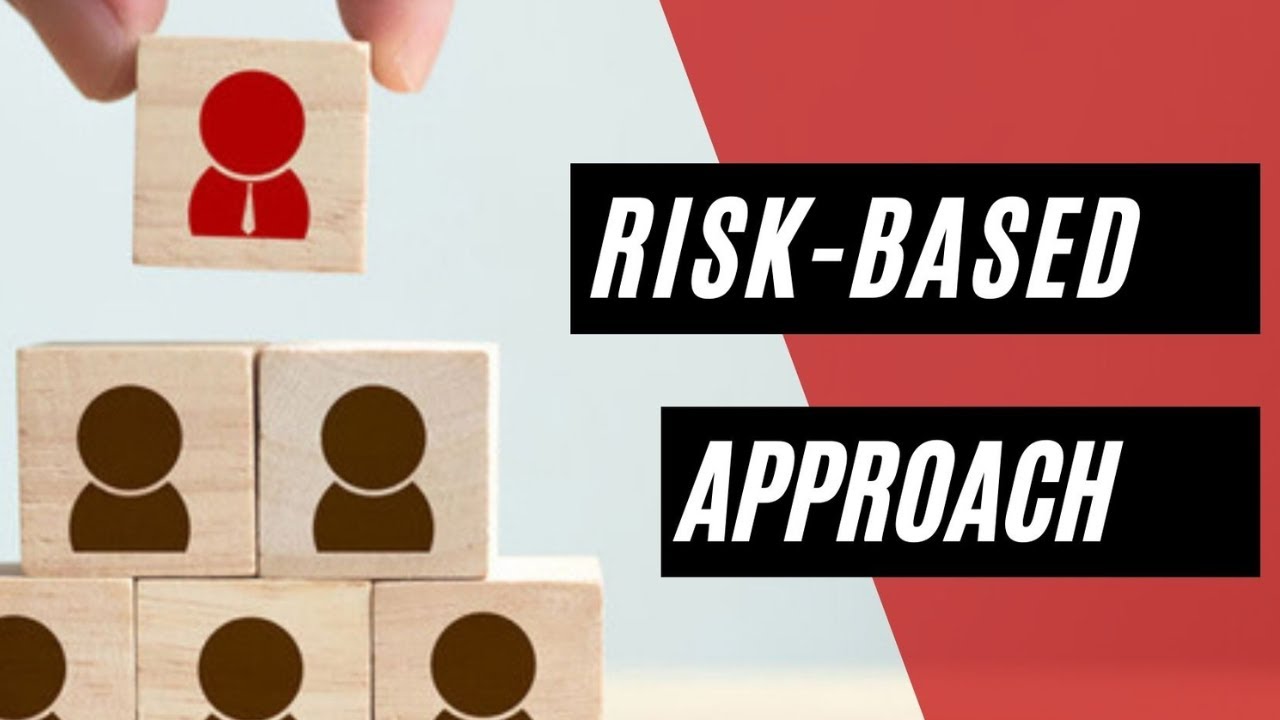आईएसओ प्रबंधन प्रणालियों में जोखिम-आधारित सोच को समझना
It is not surprising to see how organizations face a multitude of risks that can impact their operations, objectives, and overall performance in today's business world. To effectively navigate these uncertainties, many organizations have turned to risk-based thinking as a fundamental principle in their management systems. One of the frameworks that emphasize risk-based thinking is the International Organization for Standardization (ISO), which provides guidelines and standards for various management systems.
This article aims to explore the concept of risk-based thinking within ISO management systems, its significance, implementation strategies, and benefits.
Click Here to Download Readymade Editable Toolkits & Templates on Quality Assurance/Quality Control, Lean Six Sigma, Risk Management, Lean Manufacturing, Six Sigma, ISO 9001, ISO 14001, ISO 22000, ISO 45001, FSSC 22000, HSSE, Project Management etc.
Understanding Risk-Based Thinking
Risk-based thinking is a proactive approach that involves considering risks throughout an organization's activities and decision-making processes. It acknowledges that uncertainty is inherent in all aspects of business and seeks to identify, assess, and manage risks to enhance organizational resilience and achieve objectives effectively.
In ISO management systems, risk-based thinking is integrated into various standards, such as ISO 9001 (Quality Management), ISO 14001 (Environmental Management), ISO 45001 (Occupational Health and Safety Management), and others. While the specific requirements and applications may vary across these standards, the underlying principle remains consistent: organizations must systematically address risks and opportunities to enhance their ability to achieve desired outcomes and prevent undesirable effects.
Key Elements of Risk-Based Thinking in ISO Management Systems
- Risk Identification: Organizations are required to identify potential risks that could affect the achievement of their objectives. This involves considering both internal and external factors that may impact processes, products, services, or stakeholders.
- Risk Assessment: Once risks are identified, they need to be assessed in terms of their likelihood, potential impact, and significance to the organization's objectives. Risk assessment methodologies may vary, but commonly involve qualitative or quantitative analysis to prioritize risks based on their severity.
- Risk Mitigation: After assessing risks, organizations develop and implement risk mitigation strategies to reduce the likelihood or impact of adverse events. This may involve implementing controls, establishing contingency plans, or transferring risks through insurance or contractual agreements.
- Monitoring and Review: Continuous monitoring and review of identified risks and mitigation measures are essential to ensure their effectiveness and relevance. Organizations should regularly update their risk assessments based on changes in internal and external factors.
Click Here to Download Readymade Editable Toolkits & Templates on Quality Assurance/Quality Control, Lean Six Sigma, Risk Management, Lean Manufacturing, Six Sigma, ISO 9001, ISO 14001, ISO 22000, ISO 45001, FSSC 22000, HSSE, Project Management etc.
Implementation Strategies
Implementing risk-based thinking within ISO management systems requires a structured approach and commitment from top management. Some key strategies include:
- Leadership Commitment: Top management should demonstrate leadership and commitment to integrating risk-based thinking into the organization's culture and decision-making processes.
- Risk Awareness and Training: Employees at all levels should be educated about the importance of risk-based thinking and provided with training on risk identification, assessment, and mitigation techniques.
- Integration with Processes: Risk management should be integrated into existing processes and systems, such as strategic planning, project management, and performance evaluation.
- Use of Tools and Techniques: Organizations may utilize various tools and techniques, such as risk registers, SWOT analysis, and scenario planning, to facilitate the identification and assessment of risks.
- Continuous Improvement: Organizations should strive for continuous improvement in their risk management practices by learning from past experiences, benchmarking against industry best practices, and adapting to changing circumstances.
Benefits of Risk-Based Thinking
Adopting a risk-based approach within ISO management systems offers several benefits, including:
- Enhanced Decision Making: By considering risks and opportunities, organizations can make more informed and effective decisions that align with their objectives and stakeholders' expectations.
- Improved Resilience: Proactively addressing risks helps organizations build resilience to external threats and uncertainties, enabling them to adapt and thrive in challenging environments.
- Cost Savings: Identifying and mitigating risks early can prevent costly disruptions, rework, and liabilities, leading to potential cost savings and efficiency gains.
- Stakeholder Confidence: Demonstrating a commitment to risk management enhances stakeholder confidence and trust in the organization's ability to deliver quality products, services, and outcomes.
- Regulatory Compliance: Compliance with ISO standards and regulatory requirements is facilitated through the systematic identification and management of risks related to quality, environmental impact, health and safety, and other areas.
Conclusion
Risk-based thinking is a fundamental principle embedded within ISO management systems, emphasizing the importance of proactive risk management to achieve organizational objectives and enhance performance. By integrating risk-based thinking into their processes and culture, organizations can effectively navigate uncertainties, capitalize on opportunities, and drive sustainable success in today's dynamic business landscape.


